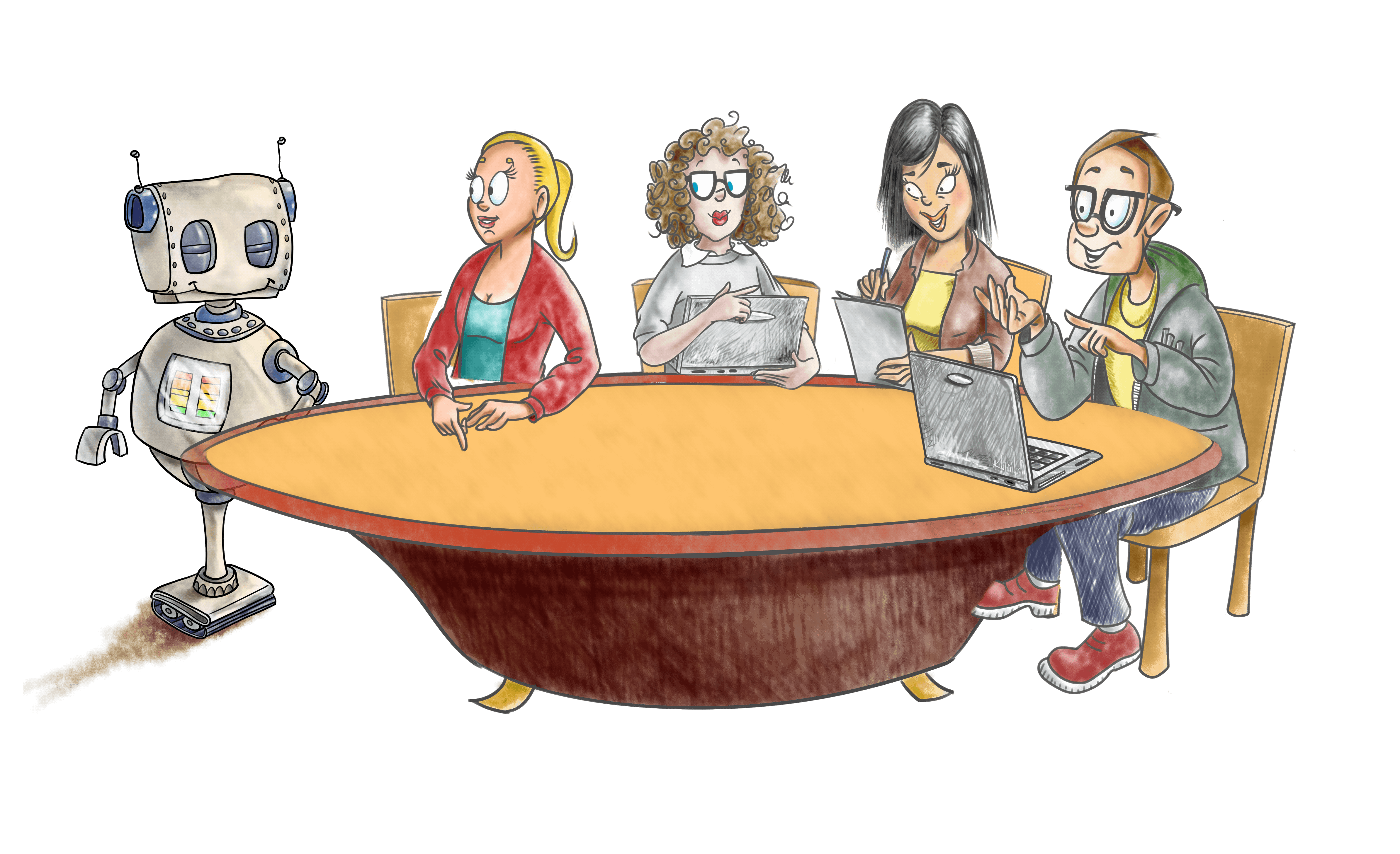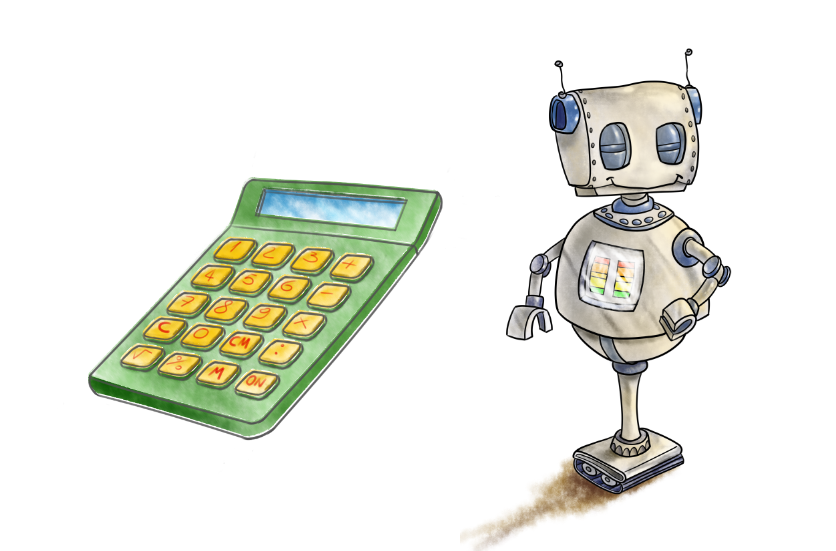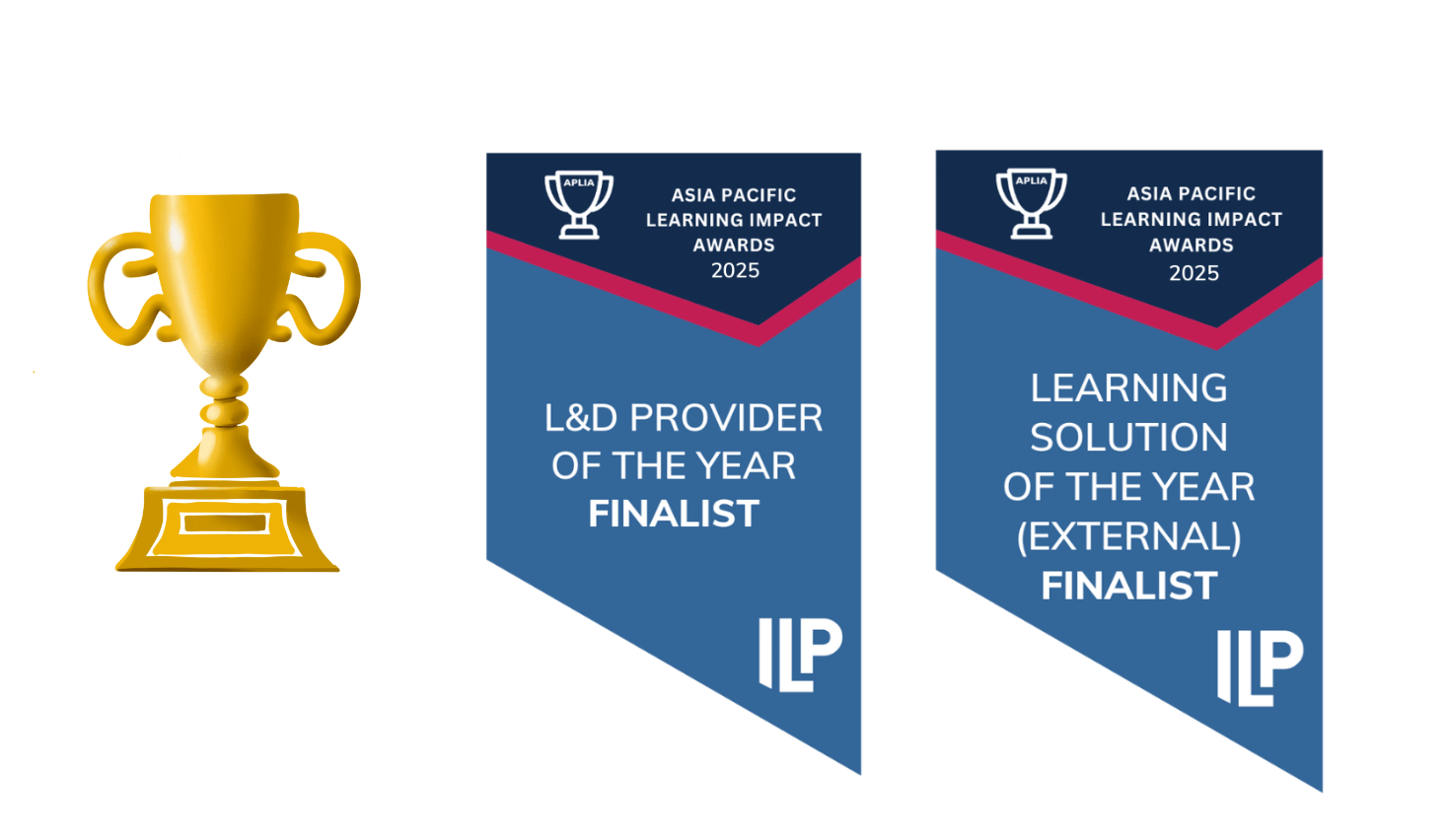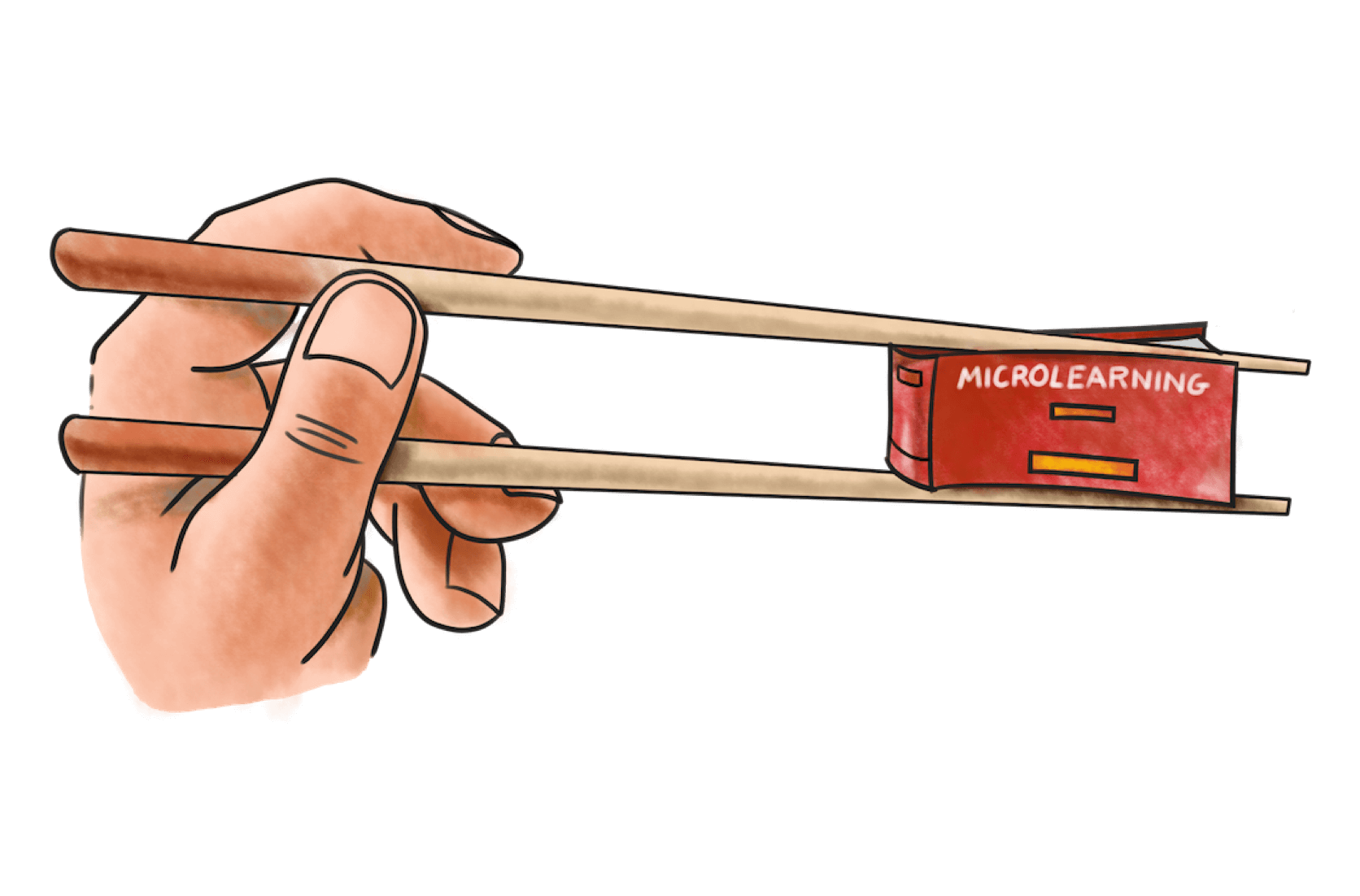
How can you approach workplace learning strategically?
Our customers find learning works best when it’s used to achieve a strategic business goal, rather than just to tick a box for compliance, or to be done when time becomes available in a busy schedule (i.e. never!). Mapping learning to business goals keeps content relevant and focused and L&D and the business see a return on their learning investment.
Yet it can be tricky to figure out exactly what a strategic learning goal looks like. So let's look at an example.
A retail business has a strategic goal to provide superior customer service. They know that customers who have a positive experience are more likely to buy again and to recommend their friends and family shop there too. If a retail team can level up their customer service skills and confidence, there will be an immediate impact on the bottom line.
So how do we turn that strategic goal into learning content?
- Firstly, we ask how will we know we've succeeded. Ideally, a specific metric is defined. For our retail business that might be to increase like-for-like sales by 4% within 6 months as team members use the customer service framework.
- Secondly, we explore what team members need to do differently to deliver superior customer service. This could be knowing which questions to ask to identify a customer’s needs, being able to match those needs to relevant products, and confidently handling common customer objections. These are the behaviours we need to develop or improve in order to achieve our goal.
- Thirdly, we can group these behaviours by knowledge, skills, and understanding. This helps to inform the type of learning to deliver. Knowledge and understanding (such as product knowledge) could be introduced through online learning, and skills (such as asking the right questions) through in-person demonstrations, role-play, and coaching.
Having a combination of online and in-person learning creates a blended learning experience, which is engaging for the learner. It also creates a virtuous feedback loop, encouraging conversations between team members and managers that work through gaps and misalignment, and reinforce what works.
Ideally, this approach runs on a continuous cycle over a 12 – 24 month period. A platform like Yarno helps to embed knowledge and understanding and gives real-time insight into where team members are at. These insights can be used to inform future training and to tailor content and the approach to individual learners.


















































































































